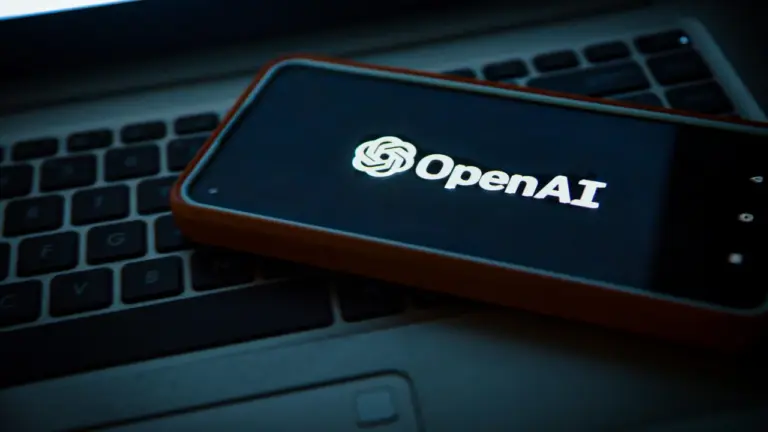Bitcoin Mining Difficulty Rises by 7.96% to Record High
- Routine increase raises miner operational costs.
- Higher costs may phase out inefficiencies.
- Difficulty level impacts Bitcoin network stability.
Bitcoin’s mining difficulty increased by 7.96% on July 13, 2025, reaching a new high of 126.27 trillion.
Rising mining difficulty signifies increased network security but challenges less efficient miners to
sustain operations.
The recent increase of 7.96% in Bitcoin mining difficulty is automatically determined by the protocol
itself, as indicated by data from blockchain explorers . This
adjustment reflects higher hash rates on the network, ensuring stable block production
times despite increased mining power.
The adjustment was not directed by any individual but is part of the Bitcoin protocol maintained by
Bitcoin Core developers and miners. The protocol’s design mandates such adjustments
approximately every two weeks, ensuring block times remain close to ten minutes.
“Increased mining difficulty is a reflection of the network’s health; it ultimately drives miners
to innovate and optimize their operations.” — Pieter Wuille, Bitcoin Core Developer
An increase in mining difficulty directly impacts Bitcoin miners by raising operational
costs, primarily in electricity and hardware. Less efficient mining units may cease operations or
consolidate to more economical setups, maintaining network stability.
This adjustment applies solely to Bitcoin, not affecting ETH or other altcoins directly.
However, fluctuations in profitability might cause miners to redirect hash rates, indirectly impacting
similar SHA-256-based networks.
Higher difficulty suggests broader confidence in Bitcoin despite elevated operational expenses.
Historically, such adjustments follow market uptrends or increased hash rate inputs,
indicating robustness within the network’s fundamental operations despite challenges faced by individual
miners.
Bitcoin’s inexorable march towards a 10-minute block time depends
heavily on these routine difficulty adjustments, stressing the protocol’s inherent resilience
and adaptability despite the absence of overt public declarations from notable industry figures.
Disclaimer: The content of this article solely reflects the author's opinion and does not represent the platform in any capacity. This article is not intended to serve as a reference for making investment decisions.
You may also like
Chinese video AI models gain global attention as the industry heats up
Share link:In this post: Chinese tech companies have increased their efforts in AI-generated video tools, positioning them as major players in the field, which is still in its early stages. Kling AI, developed by Kuaishou, a short video platform, converts text or still images into video content. Wei Xiong, an internet analyst at UBS Securities, believes AI video generation has the potential to reshape the content industry.
Big Tech’s ‘acquihires’ face new EU antitrust threat
Share link:In this post: The EU competition chief vows to close flat on talent-only “acquihires.” National regulators have been urged to flag below-threshold deals for EU review. Big Tech’s AI talent raids draw scrutiny amid fears of stifled innovation.
Wall Street calls Powell’s bluff after weak US jobs print, puts September rate cut back on the table
Share link:In this post: The U.S. added just 73,000 jobs in July, far below expectations. Unemployment rose to 4.2%, matching forecasts but signaling weakness. Traders now see a 75% chance of a September rate cut after the report

OpenAI raises $8.3B for $300B valuation ahead of schedule
Share link:In this post: OpenAI secured $8.3B ahead of schedule in a funding round that was five times oversubscribed. The company has increased its revenue and active users, but still has a higher than expected cash burn rate. OpenAI has grown its business customers, and the inclusion of Blackstone and TPG may increase business adoption of multiple AI models.
